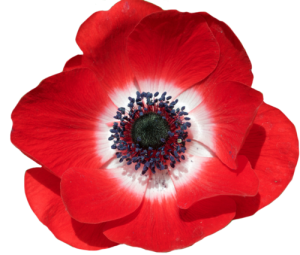Personal Details
Born in High Street, Whitchurch in 1881, the second son of Arthur and Harriet Edwards of 38 Smallbrook Road, Whitchurch.
The 1911 Census showed Willie to be a brick pipe and tile worker.
Willie enlisted on the 21st January 1915, being posted to the front in July 1915. In November 1915 he returned home, unfit for active service. He was posted to the 3rd Battalion, King’s Shropshire Light Infantry (Training Battalion) stationed at Prees Heath, and remained with the battalion until 3rd April 1917 when he was discharged unfit for any Military Service. (Severe Rheumatoid Arthritis)
Military Details
Regiment : 1st Battalion King’s Shropshire Light Infantry
Rank : Private
Service Number : 17213
Died of Illness; United Kingdom 23rd May 1917 Age 35
Not on the Commonwealth War Grave website
Willie was awarded the Campaign Medals (British War Medal and Allied Victory Medal), together with the Silver War Badge following his discharge through illness

The British War Medal (also known as 'Squeak') was a silver or bronze medal awarded to officers and men of the British and Imperial Forces who either entered a theatre of war or entered service overseas between 5th August 1914 and 11th November 1918 inclusive. This was later extended to services in Russia, Siberia and some other areas in 1919 and 1920. Approximately 6.5 million British War Medals were issued. Approximately 6.4 million of these were the silver versions of this medal. Around 110,000 of a bronze version were issued mainly to Chinese, Maltese and Indian Labour Corps. The front (obv or obverse) of the medal depicts the head of George V. The recipient's service number, rank, name and unit was impressed on the rim.
The Allied Victory Medal (also known as 'Wilfred') was issued by each of the allies. It was decided that each of the allies should each issue their own bronze victory medal with a similar design, similar equivalent wording and identical ribbon. The British medal was designed by W. McMillan. The front depicts a winged classical figure representing victory. Approximately 5.7 million victory medals were issued. Interestingly, eligibility for this medal was more restrictive and not everyone who received the British War Medal ('Squeak') also received the Victory Medal ('Wilfred'). However, in general, all recipients of 'Wilfred' also received 'Squeak' and all recipients of The 1914 Star or The 1914/1915 Star (also known as 'Pip') also received both 'Squeak' and 'Wilfred'. The recipient's service number, rank, name and unit was impressed on the rim.

The Silver War Badge was issued in the United Kingdom and the British Empire to service personnel who had been honourably discharged due to wounds or sickness from military service in World War I. The badge, sometimes known as the "Discharge Badge", the "Wound Badge" or "Services Rendered Badge", was first issued in September 1916, along with an official certificate of entitlement.
Further Information
If you can provide any further information on Willie Edwards please get in touch by leaving a comment below, using our Contact Form or by calling in to Whitchurch Heritage Centre.
Information provided by Terry Evanson Whitchurch, Shropshire and Whitchurch Museum and Archives

